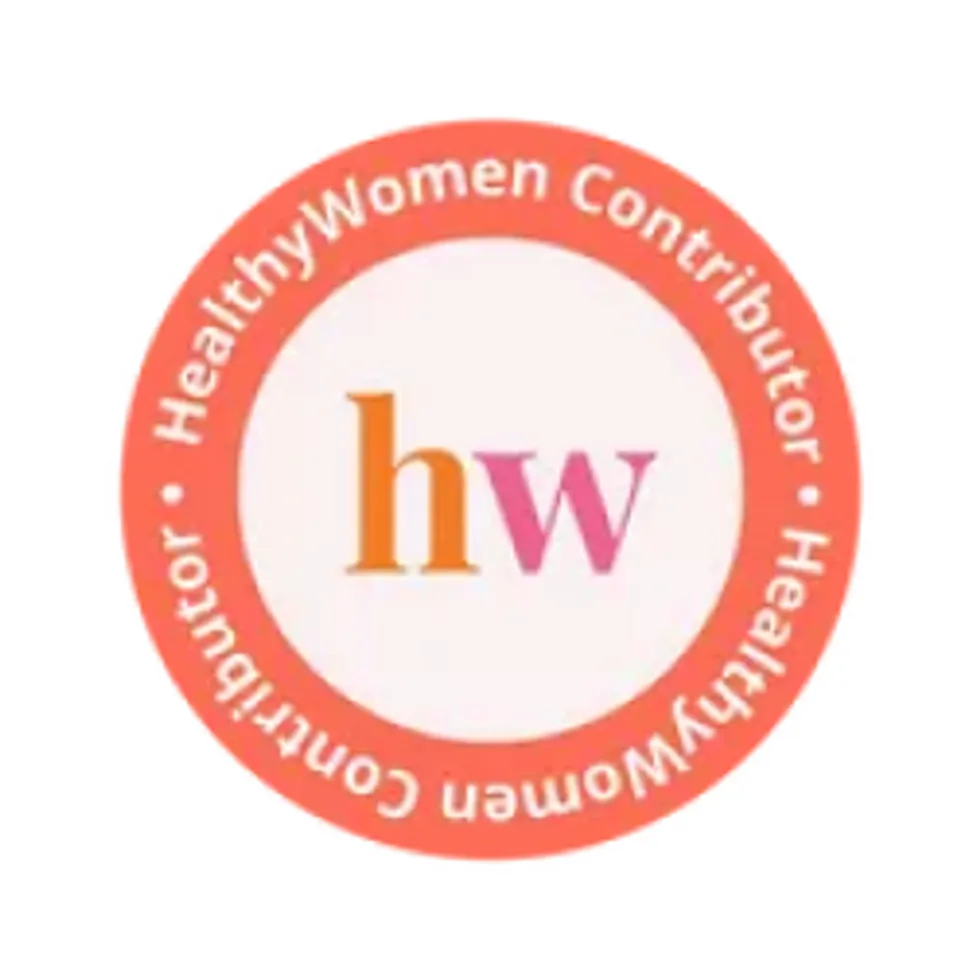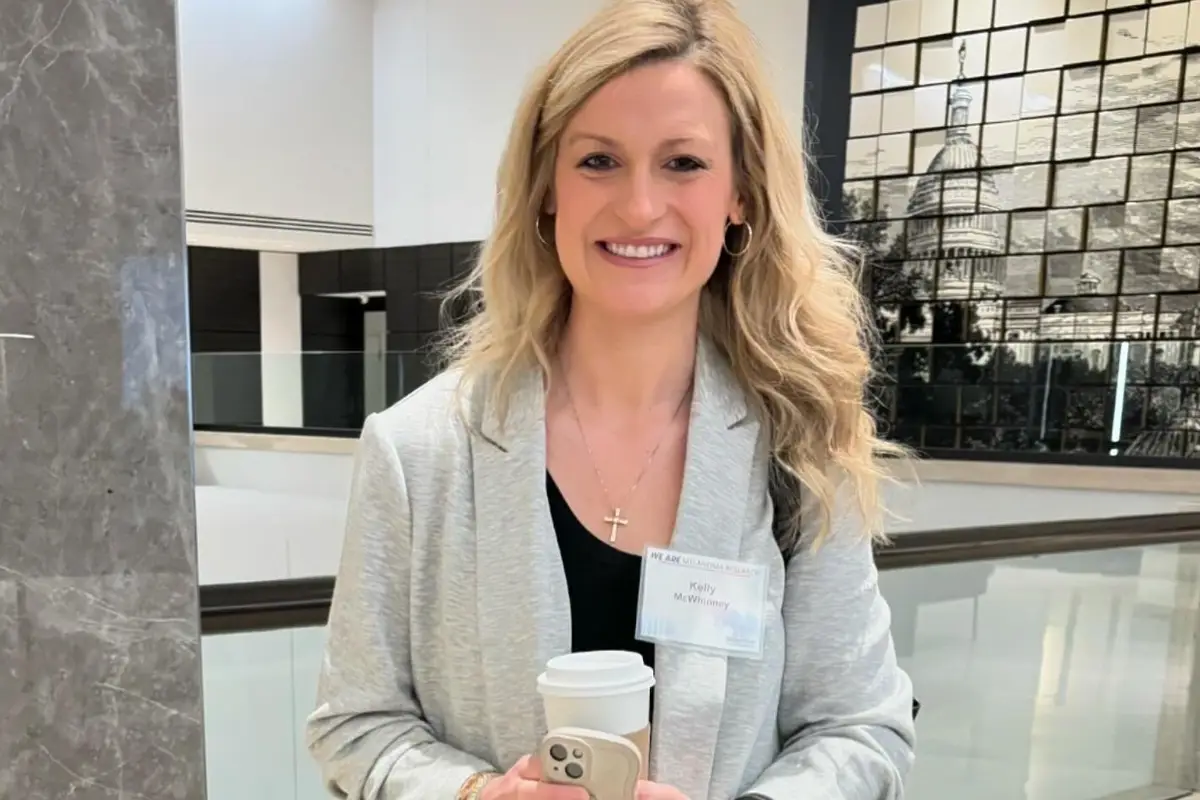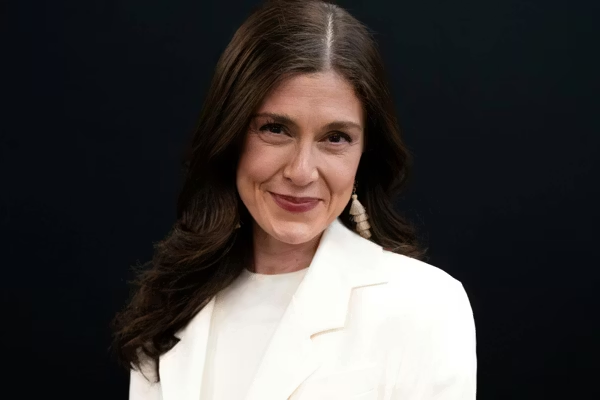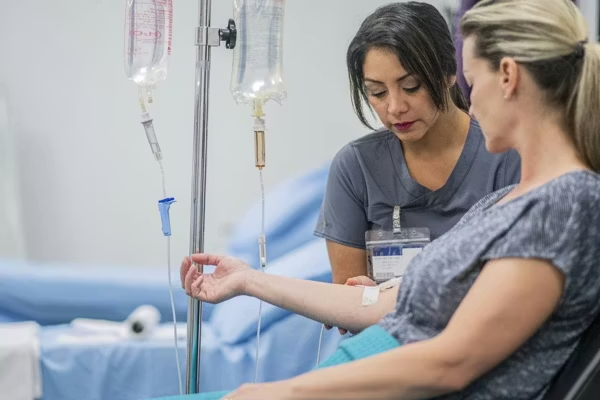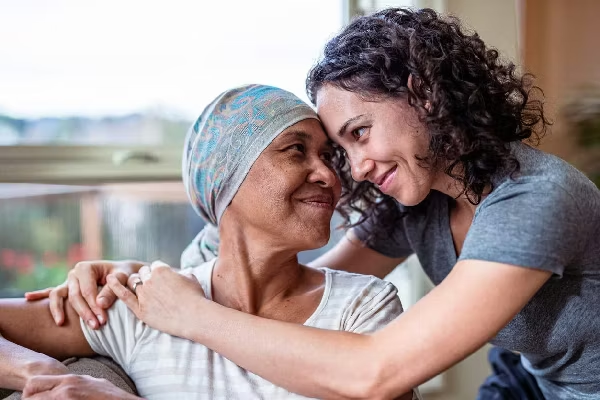As told to Jacquelyne Froeber
May is Skin Cancer Awareness Month.
How many days a year do you think you were tanning?” my oncologist asked me.
I fidgeted in my seat. Should I tell him the truth?
“Maybe 300,” I said rounding down.
He nearly fell out of his chair.
I didn’t blame him. I knew it was bad. In my defense, I didn’t even know the word melanoma when I was hitting the tanning booths hard in 2012. I was a cheerleader at Indiana State University and our team was sponsored by a tanning salon. Tanning wasn’t just encouraged — it was pretty much mandated. And we didn’t think much about it. After all, who doesn't want tan legs when you’re standing in front of thousands of people in a mini skirt?
My college cheerleading career was cut short after two years when I tore my Achilles tendon. I cut way back on tanning after my injury and only went for special occasions, like when I got married in 2017. My husband and I had our two kids pretty soon after we were married, and I hardly had a minute alone outside in the sun anymore, let alone time for a tanning booth.
In 2022, I noticed a mole I hadn’t seen before. When it got bigger, I called my doctor to get it checked out. At her office, she did a biopsy and said they would call me in a few days with the results. I thought it was weird that she didn’t check the rest of my body for moles given my history of tanning, but she didn’t seem concerned. So, when the office didn’t call that week, I figured everything was fine.
Ten days later, I was preparing to take my kids to school when I got the call.
I had skin cancer. It was melanoma.
I couldn’t believe what I was hearing. I thought only older people got skin cancer, and I was just 26 with a 1 and 2 year old, and I’d always been healthy. I knew my history of tanning wasn’t good — but I had no clue a deadly form of skin cancer could happen at my age.
I had surgery to remove the mole and cancerous tissue, and I started taking my skin health very seriously. I saw my dermatologist every three months for skin checks.
About a year after the melanoma diagnosis, my daughter came home from daycare with pink eye, and that meant we all got it. In addition to the lovely discharge and weepiness in my eyes, I developed a pain on the side of my left breast. When I told my doctor, she prescribed me more antibiotics, but the pain stuck around.
When I went in for a follow up for the pain, the doctor wanted to prescribe even more antibiotics, but I begged her to order a scan. I knew something was wrong.
She ordered a mammogram, but it didn’t show anything abnormal, even though the pain felt like it was radiating out of my chest.
I finally had an ultrasound, and there was the source of my pain — an enlarged lymph node about 17 times the size of a healthy one. I had a needle biopsy and went home to wait for the results.
A few days later, I called the office but there was no news. Thirteen days after the biopsy I finally got a call: I had cancer.
“But we don’t know what kind of cancer it is yet,” the doctor said.
I didn’t know what I was expecting from the call, but I was stunned. “How do you not know what kind of cancer it is?” I asked.
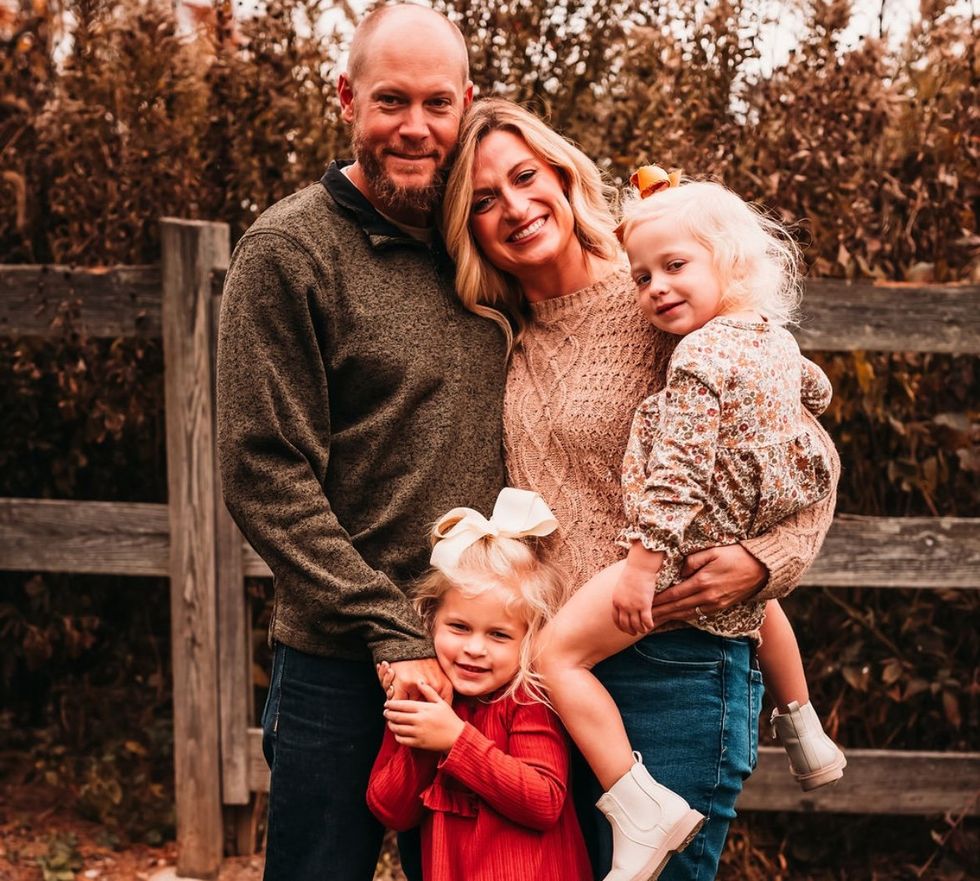
Two hours later, the doctor called back and said the cancer was melanoma that had spread to my lymph node. She talked about steps going forward, but I’d already checked out and decided I needed a new doctor. I tried to stay calm and I reminded myself that I was strong and I could get through anything.
That night, a powerful tornado blew through our town and damaged our property. Thankfully, no one was hurt, but the tornado stirred something in me — things felt they were spinning out of control.
I was extremely lucky that my cousin worked in healthcare, and she connected me with an oncologist — one of the best in our area. I had a total lymph node dissection to remove all the lymph nodes in my left arm.
After the surgery, we learned that only one lymph node had cancer. It was the best case scenario, and I sobbed with relief. I still had 26 rounds of immunotherapy to do, but my medical team said I was basically in the clear. It wouldn’t be long before I could get back to my regular life. And I was beyond ready.
The first two rounds of immunotherapy went fine. But when I did blood work for the third round, my thyroid levels were alarmingly high. Like we couldn’t move forward with treatment, high.
I thought it was a mistake. Physically, I didn’t feel like anything was wrong. But my thyroid had completely stopped working, and my blood sugar levels were high, too.
It turned out the immunotherapy drugs had caused my immune system to attack my organs, and now I had what’s called medically induced hypothyroidism and Type 1 diabetes.
Both diseases were side effects of the immunotherapy, which is extremely rare. Still, I couldn’t start treatment again until I had my thyroid and blood sugar levels under control.
I was in survival mode and did whatever the doctors told me to do. But I was struggling. Attempting to manage two new autoimmune diseases was scary and exhausting. And I still had immunotherapy left to do.
In July 2024, I finally finished immunotherapy, but the hits kept coming. My body kept changing after the treatment. I developed heavy bleeding during my period and golf ball-sized cysts on my ovaries. I had to have my tubes tied, which was especially hard because my husband and I wanted to have more kids.
A few months later, I had an enlarged tonsil removed, and the pathologist said the inflammation was from the immunotherapy. This past March, I had to remove my gallbladder — again, inflammation from the immunotherapy drugs.
It’s stunning for me to think that melanoma — and treating melanoma — caused this enormous chaotic ripple in my life. The hardest part is having my kids see me so sick. They’ve asked me what cancer is, and they’re scared to go see healthcare providers (HCPs). But I tell them it’s the opposite: Everyone needs to see a dermatologist to make sure their skin is healthy.
I’ve been working with the Melanoma Research Alliance in the hopes of helping them learn more about what causes rare side effects and how to prevent them. We do know that melanoma isn’t rare, and rates are on the rise for young people. I want everyone to know that going to a dermatologist shouldn’t be seen as a luxury — it’s a necessity — just like going to the dentist. At the end of the day, melanoma doesn’t care how old you are. Getting checked can save your life.
Have your own Real Women, Real Stories you want to share? Let us know.
Our Real Women, Real Stories are the authentic experiences of real-life women. The views, opinions and experiences shared in these stories are not endorsed by HealthyWomen and do not necessarily reflect the official policy or position of HealthyWomen.
- Why Are People of Color More Likely to Die from Skin Cancer? ›
- The ABCDEs of Spotting Melanoma ›
- Fast Facts: What You Need to Know About Skin Cancer ›
- Monica and the Melanoma Check ›
- I Grew Up Thinking I Was Immune to Skin Cancer Based on My Ethnicity. I Was Wrong. ›
- Immunotherapy for Melanoma - HealthyWomen ›
- Inmunoterapia para el melanoma - HealthyWomen ›
- Tanning led to melanoma at a young age - HealthyWomen ›
- Tuve melanoma a una edad temprana por broncearme - HealthyWomen ›
